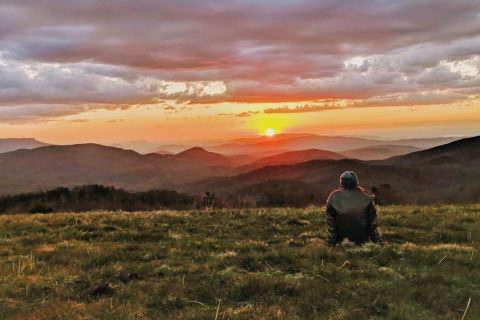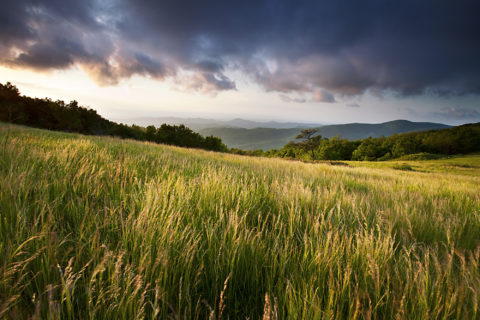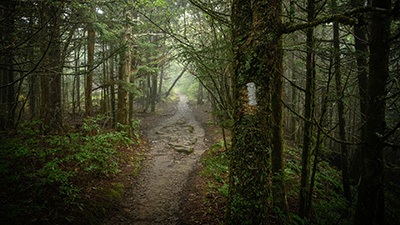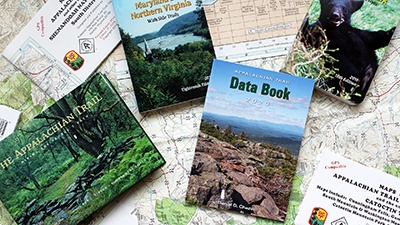A.T. Landscape Protection
Wild East Action Fund: Previous Recipients
View a historical record of previous Wild East Action Fund (WEAF) recipients and how their work will help advance Appalachian Trail Landscape Protection.
2022-2023 WEAF Recipients
Land Protection Projects
Berks Nature
Pine Creek Headwaters
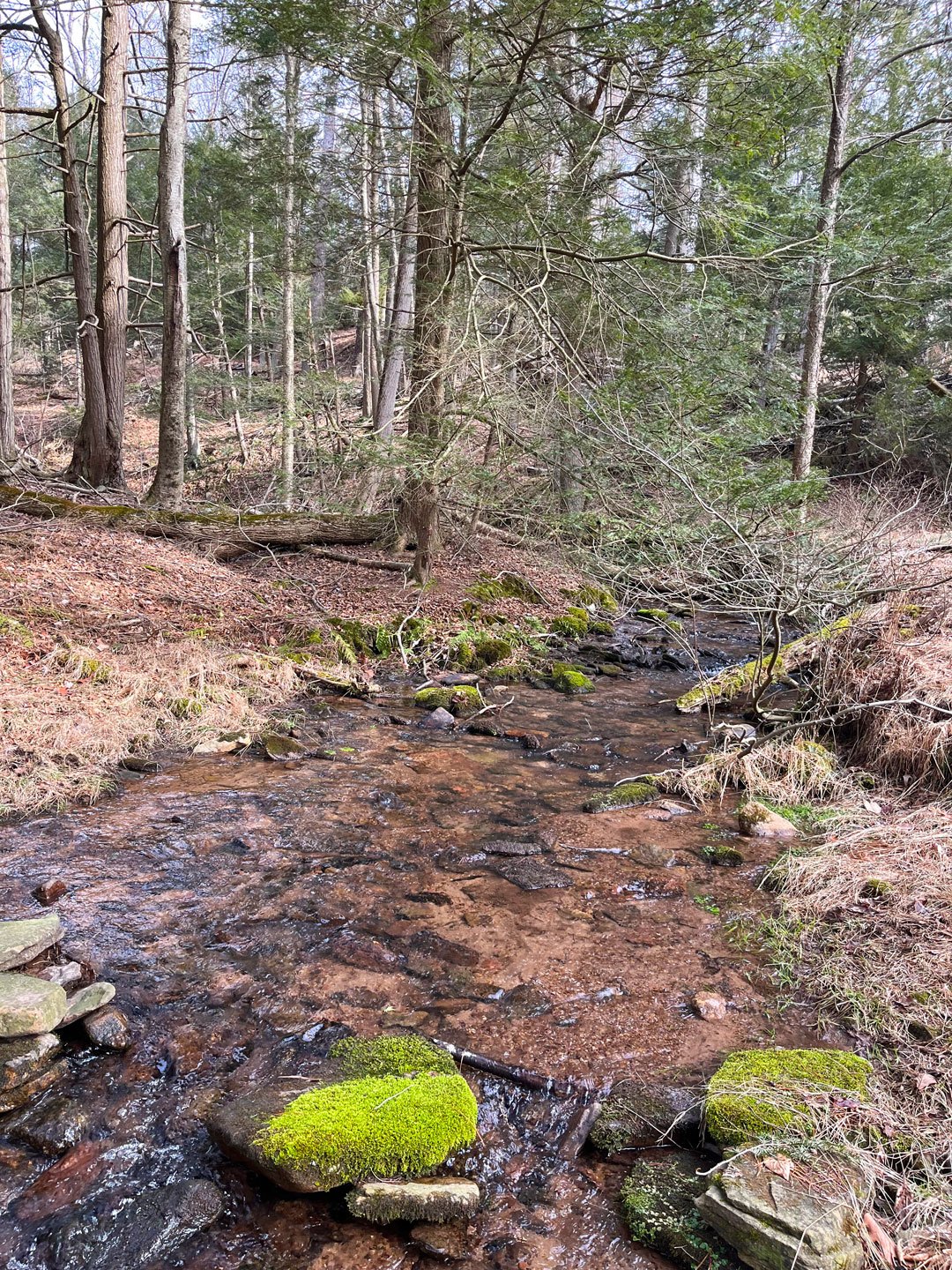
Photo courtesy of Berks Nature
Berks Nature’s Pine Creek Headwaters land protection project will establish a conservation easement on 322 acres of forested and agricultural land on Second Mountain in Schuylkill County, Pennsylvania. Second Mountain is a dominant feature of the A.T. Landscape through this section of Pennsylvania — by protecting it, the WEAF is helping to protect the character and integrity of the landscape.
“Berks Nature is glad to receive funding from the WEAF to support the acquisition of a conservation easement safeguarding one of the forested headwater streams of the Schuylkill River Watershed on Second Mountain,” said Sarah Chudnovsky, Land Protection Specialist for Berks Nature. “Second Mountain is a part of the Kittatinny Ridge Landscape in Pennsylvania and is home to a diverse range of habitats critical to climate resilience and wildlife migration. Second Mountain is a treasured landmark visible along the Appalachian Trail in Schuylkill County. Much of this part of the Appalachian Trail viewshed remains privately owned, and the decisions of local landowners determine the future of the landscape. Conservation easements are a vital tool for landowners seeking to protect their land in perpetuity, and this Wild East Action Fund grant helps move this easement project forward at a critical time in the process.”
Learn more about Berks Nature at www.berksnature.org.
Dutchess Land Conservancy
A.T. Corridor Easement Acquisition
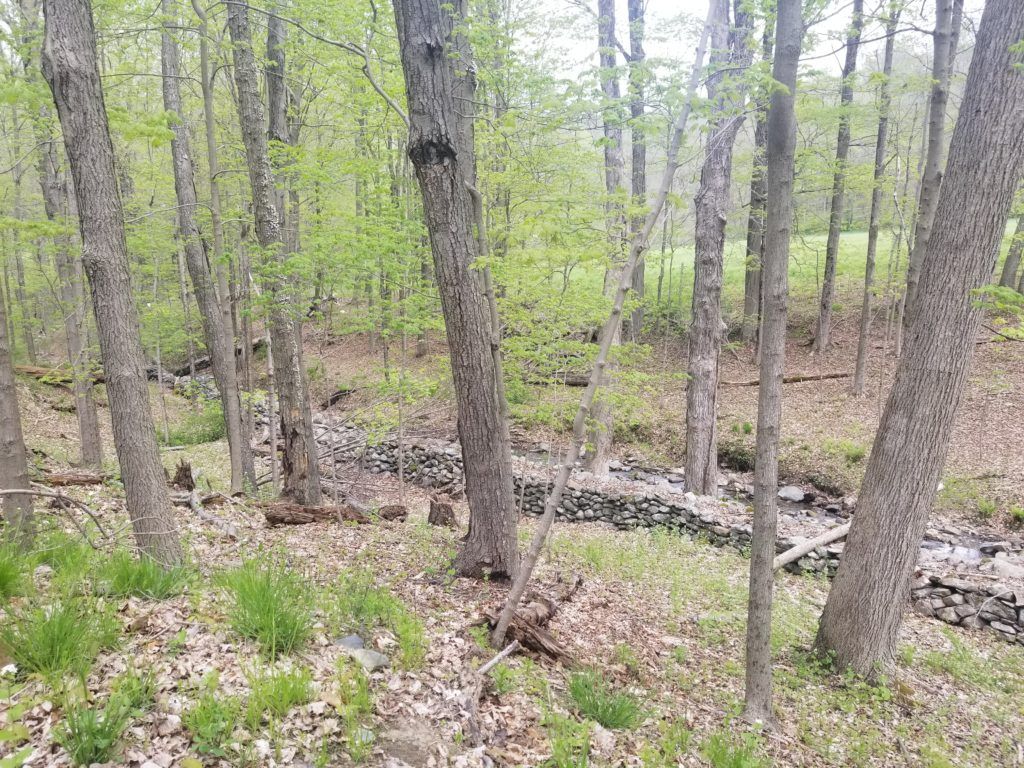
Photo Courtesy of Dutchess Land Conservancy
The goal of this A.T. Corridor Easement Acquisition project is to acquire a permanent conservation easement to protect a 71-acre parcel in the Town of Beekman, located in southern Dutchess County, New York. The A.T. runs east to west just 2,000 feet south of the property’s southern boundary. The easement will extinguish subdivision rights and permit public access across a portion of the property, connecting two isolated parcels of federal land, and providing a potential trail connection between the A.T. and the 800-acre West Mountain State Forest to the north.
“We are thrilled to be working on this conservation easement which will serve as a buffer to the Appalachian Trail, provides protection of a block of nearly 2,500 acres of contiguous forest, and springs that contribute to local drinking water supply,” said Becky Thornton, President of Dutchess Land Conservancy. “Thank you to the Wild East Action Fund for support to purchase a conservation easement to conserve a critical portion of this important connecting landscape. This contribution will enable us to leverage additional state funding opportunities for forest conservation to complete the project.”
Learn more about Dutchess Land Conservancy at www.dutchessland.org.
NDPonics
Onkyayun Maduki Project
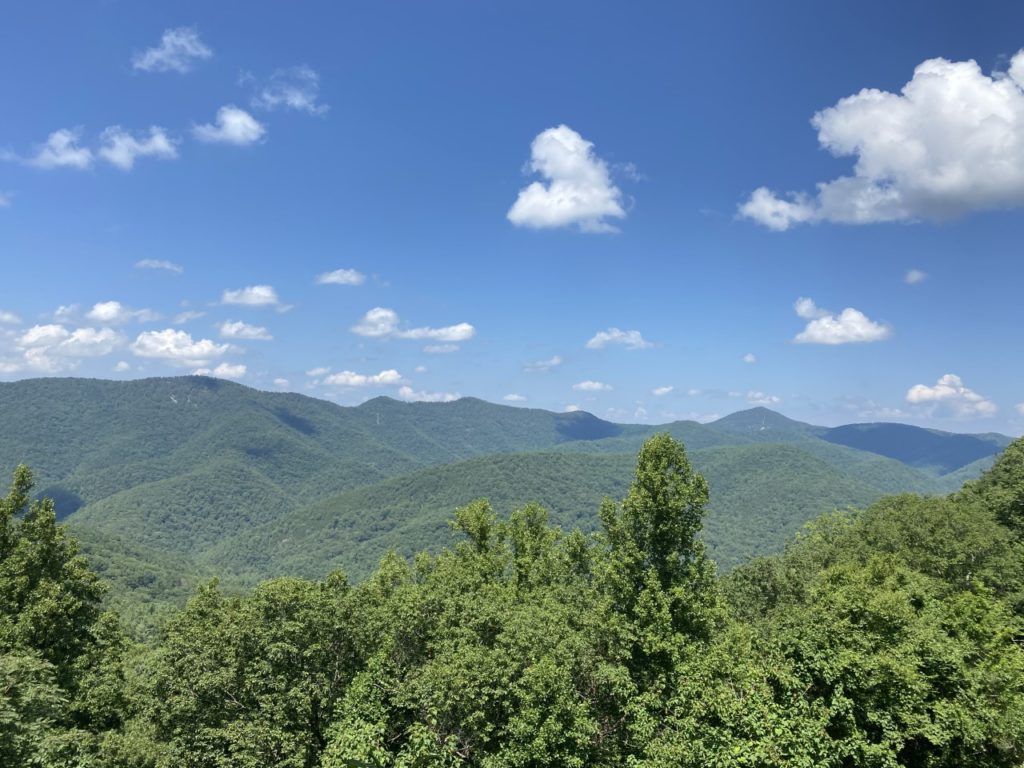
Photo by Lucas “Swampdog” Tyree
NDPonics is a nonprofit in the Blue Ridge region of Virginia working on a wide range of projects benefiting indigenous peoples of the area. NDPonics works to build indigenous self-reliance and traditional ecological havens through land conservation, cultural rejuvenation, enabling food production, renewable energy installation, and energy efficiency. The WEAF award will help protect 116 acres in Rockbridge County, Virginia.
“The Wild East Action Fund will enable NDPonics to purchase a mountain peak that has been used in traditional ceremonies since time immemorial,” said Lucas “Swampdog” Tyree, Executive Director of NDPonics. “Through Anthro-forestry, our indigenous scientific practice of increasing carrying capacity and biodiversity serves our livelihood as much as the ecosystem of which we are a part. With great pride, we will now be able to reinstate these practices on these lands.”
Learn more about NDPonics at www.ndponics.org.
Southern Appalachian Highlands Conservancy
Belview Mountain (Phase 2)
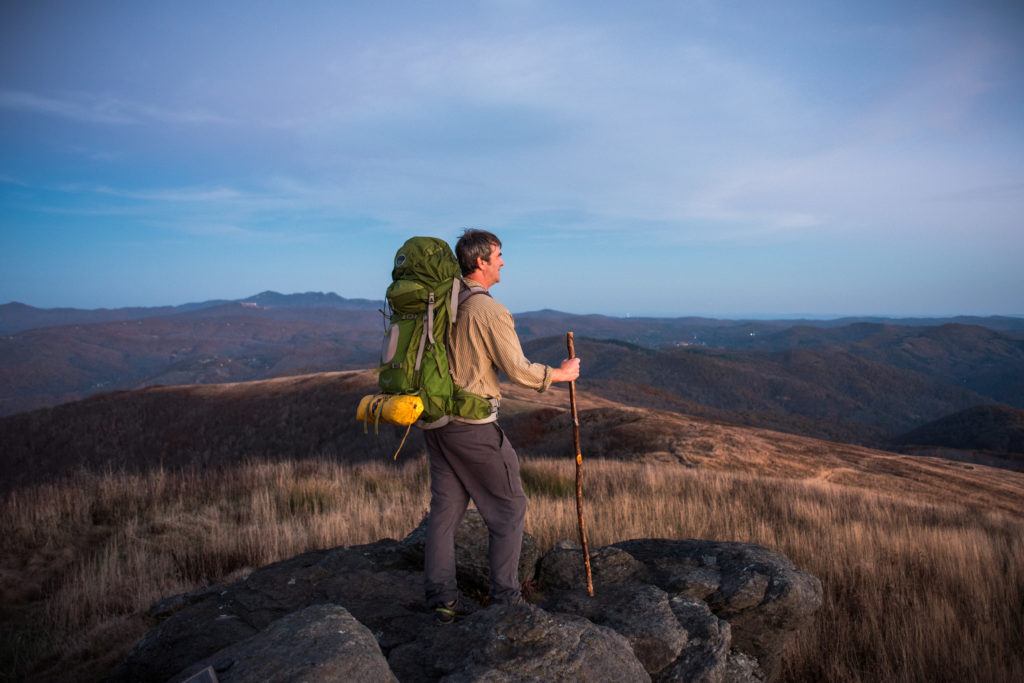
Photo by Horizonline Pictures
The Southern Appalachian Highlands Conservancy (SAHC) was awarded a WEAF land protection grant to help close the gap on SAHC’s 125+ acre, Belview Mountain (Phase 2) project.
“Protecting Belview Mountain has taken a generation,” said Jay Leutze, Executive Director at SAHC. “Once threatened by a 99-year mining lease, Appalachian Trail hikers flooded North Carolina’s office of surface mining to object to the destruction of this part of the iconic viewshed from Hump Mountain. The permit was revoked, but threats remained until now.”
The Belview Mountain project is a story that encapsulates how the A.T. community can catalyze and rally behind land protection that stretches beyond the congressionally designated Appalachian National Scenic Trail corridor.
“The A.T. is more than a trail, it is also an experience,” said Leutze. “Unless we buy or otherwise protect the peaks in the immediate vicinity of Trail, the experience will be vulnerable to the sights and sounds of civilization.”
Learn more about the protection of Belview Mountain and the Roan Highlands in “Standing Tall,” part of the acclaimed myATstory series.
Learn more about the Southern Appalachian Highlands Conservancy at www.appalachian.org.
Sheffield Land Trust
Sheffield-Egremont Agricultural, Ecological, and Scenic Corridor (Phase 5)
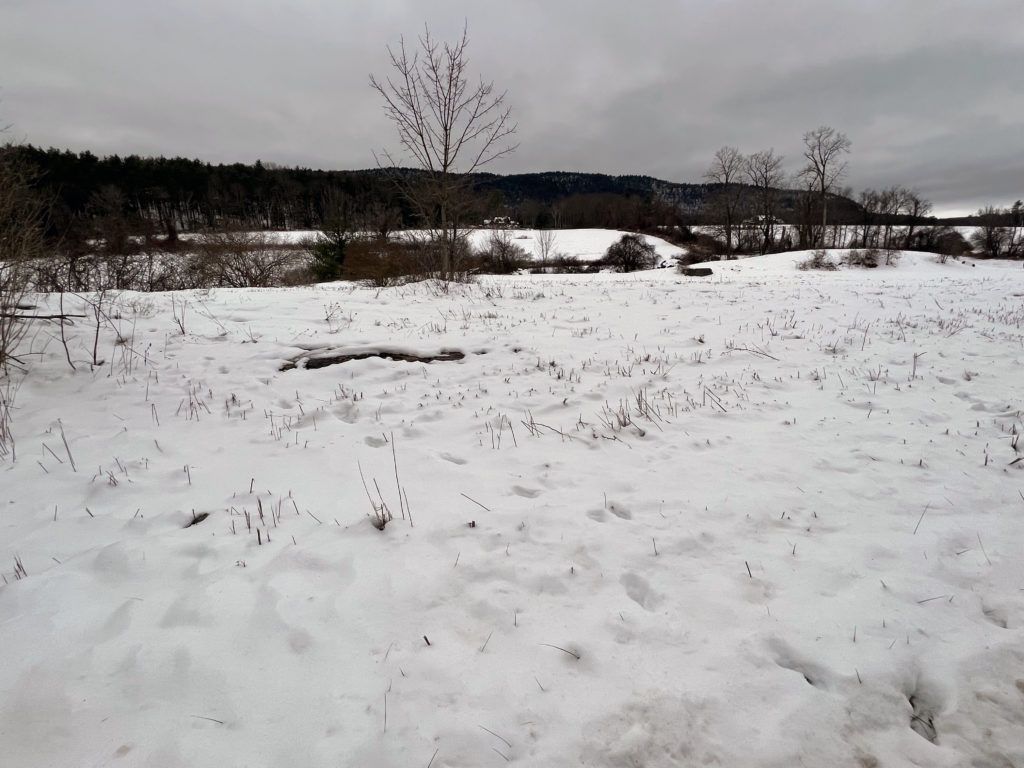
Photo by Kathy Orlando
Sheffield Land Trust’s WEAF land protection award will help permanently conserve four properties totaling over 100 acres of forest and fields essential to the ecological resiliency, agricultural health, and rural character of the A.T. Landscape in Northwest Sheffield and Southeast Egremont.
“The Sheffield Land Trust is grateful to the ATC for making an early investment in this fifth phase of our Sheffield-Egremont Agricultural, Ecological and Scenic Corridor project through this Wild East Action Fund grant,” said Kathy Orland, Executive Director of Land Protection at Sheffield Land Trust. “The grant’s goal, in seeking to accelerate the pace of conservation within the A.T. landscape, is a perfect match with our project goal to do the same in this crucial microcosm of that landscape. Protecting this tapestry of fields, forests, streams, uplands and wetlands in the corridor will ensure that future generations will continue to benefit from this thriving resilient landscape of productive farms, wildlife corridors, healthy ecosystems, clean water, stunning vistas, retained heritage, and the local economies and communities they all support.”
Learn more about the Sheffield Land Trust at www.sheffieldland.org.
Society for the Protection of New Hampshire Forests
Bald Cap Mountain Forest
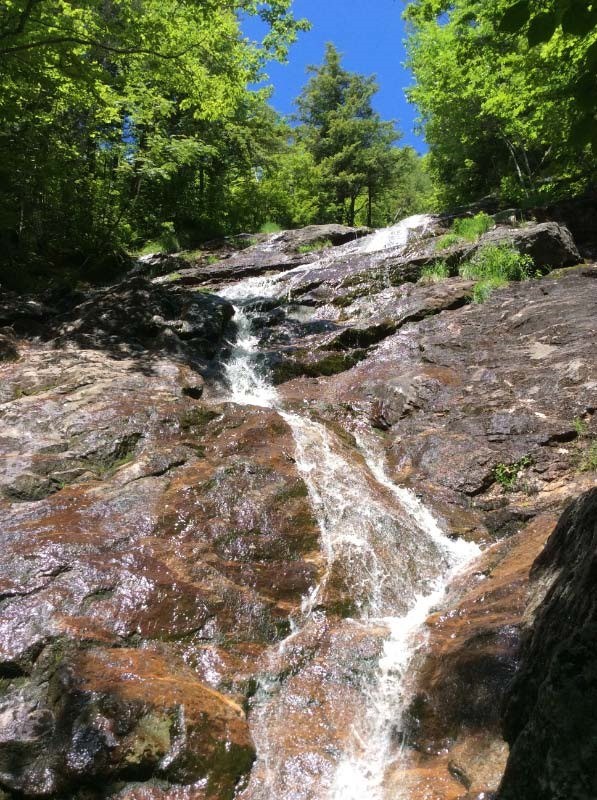
Photo by Brian Hotz
The Society for the Protection of New Hampshire Forests will conserve over a thousand acres in New Hampshire that borders the A.T. corridor.
“The Forest Society is pleased to work with The Conservation Fund to permanently conserve the 1,030-acre Bald Cap Mountain Forest in Shelburne, New Hampshire,” said Brian Hotz, Vice President of Land Conservation at the Forest Society. “The project shares 2.6 miles of boundary with the Appalachian Trail and contains beloved local recreational trails to Middle Mt., Bald Cap Peak, Giant Falls, and the historic Peabody Brook Trail — a former segment of the A.T. until 1976. Receiving the grant from the Wild East Action Fund will help us to secure the required match to state grant funding awarded to the project.”
This project builds on decades of community-led collaborative conservation efforts surrounding the A.T. in the Mahoosuc Range and protects the Trail experience by eliminating the risk of development on this property.
Learn more about the Society for the Protection of New Hampshire Forests at www.forestsociety.org.
The Conservation Fund
Copley Branch Project
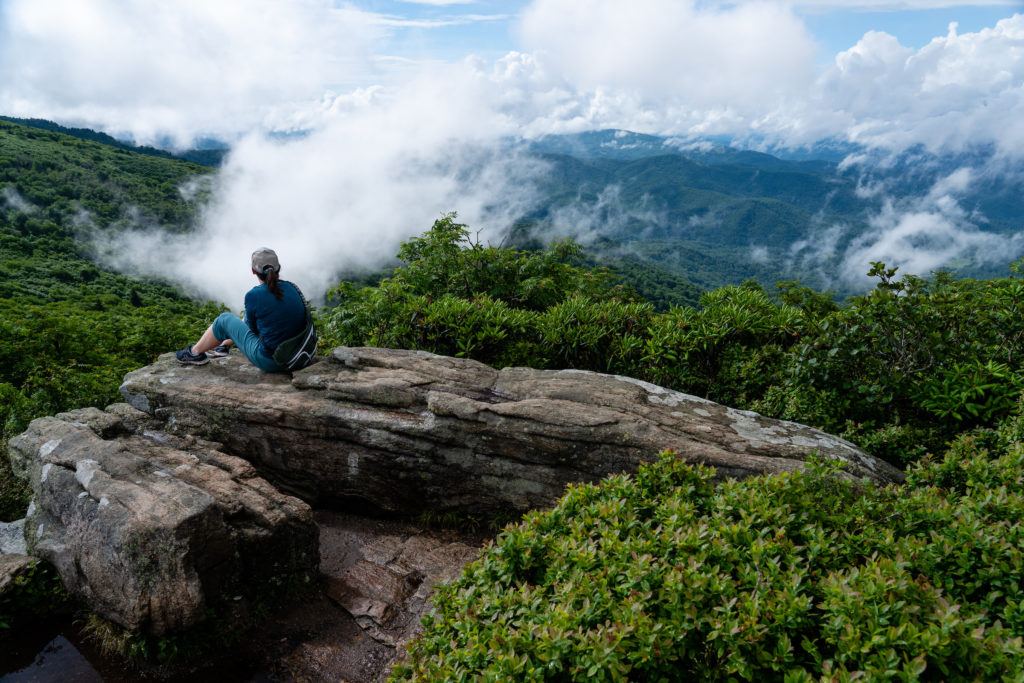
Photo by Stacy Funderburke
The Copley Branch Project includes two parcels within the viewshed of the A.T. and is considered a top conservation priority for the Cherokee National Forest. The Conservation Fund (TCF) is working with The Nature Conservancy to secure funding and have Cherokee National Forest as the ultimate owner.
“This small but mighty land acquisition project will really protect the character of the A.T., Big Laurel Branch Wilderness Area, and Cherokee National Forest,” said Ralph Knoll, Tennessee State Director at TCF. “Not only is this land within the A.T. viewshed, but it also supports preferred habitats for terrestrial species designated as ‘Greatest Conservation Need’ nearby. We and our partners at The Nature Conservancy are thrilled to receive this support from ATC to continue our ongoing work securing important land in eastern Tennessee for wildlife and recreation.”
Learn more about The Conservation Fund at www.conservationfund.org.
Conservation Planning Support Projects
Berkshire Natural Resources Council
Building a Geospatial Model to Implement a Strategic Conservation Plan
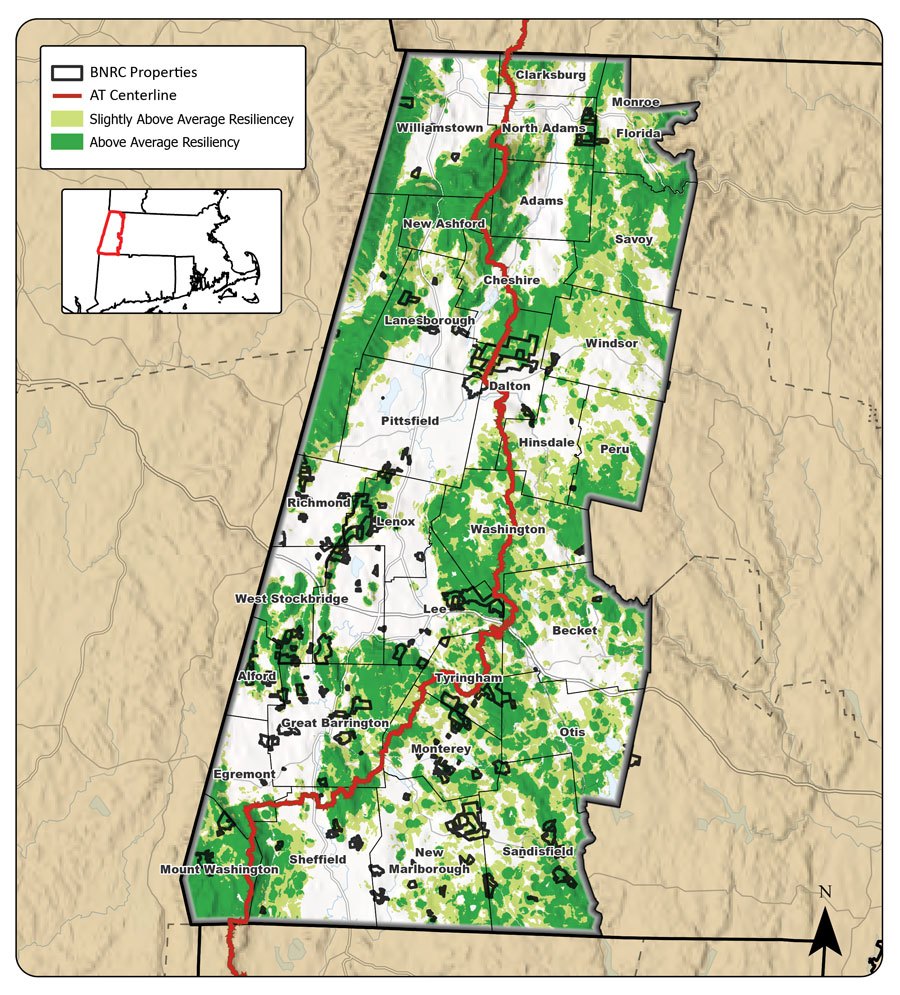
Click the map above to view it in higher resolution. Courtesy of Berkshire Natural Resources Council
Berkshire Natural Resources Council (BNRC) is currently creating a Strategic Conservation Plan to guide its land protection and conservation work over the next five years. BNRC is responding to the needs of the natural and human communities in Berkshire County and prioritizing those needs for land conservation. The WEAF’s Conservation Planning Support grant will be used to build a geospatial model that will allow BNRC to weigh these priorities on both a parcel-by-parcel and landscape scale.
“With assistance from the Wild East Action Fund, BNRC is enhancing its evidence-based approach to land conservation by prioritizing key areas within the Berkshires that align with our strategic planning objectives,” said Adam Galambos, Director of Technology at BNRC. “These objectives include connecting conservation landscapes to support climate adaptation and resiliency for wildlife, plants, and people.”
Learn more about the Berkshire Natural Resources Council at www.bnrc.org.
The High Peaks Alliance
High Peaks Initiative Partners Collaborative Conservation Project
The High Peaks Initiative is a collaboration of local, regional, and national organizations working in the High Peaks Region of Maine.
“Our mission is to protect important natural resources, secure public access, and support healthy human and natural communities in Maine’s High Peaks,” said Brent West, Executive Director of the High Peaks Alliance. “We are excited to continue our work, moving from inventorying the region’s expansive recreation network to creating a plan to drive our collaborative work. The Wild East Action Fund’s grant to support this project is the next step on the trail to achieving this vision.”
Learn more about the High Peaks Alliance at www.highpeaksalliance.org.
Williamstown Rural Lands
Impact Assessment Informs a Way Forward for a Local Land Trust
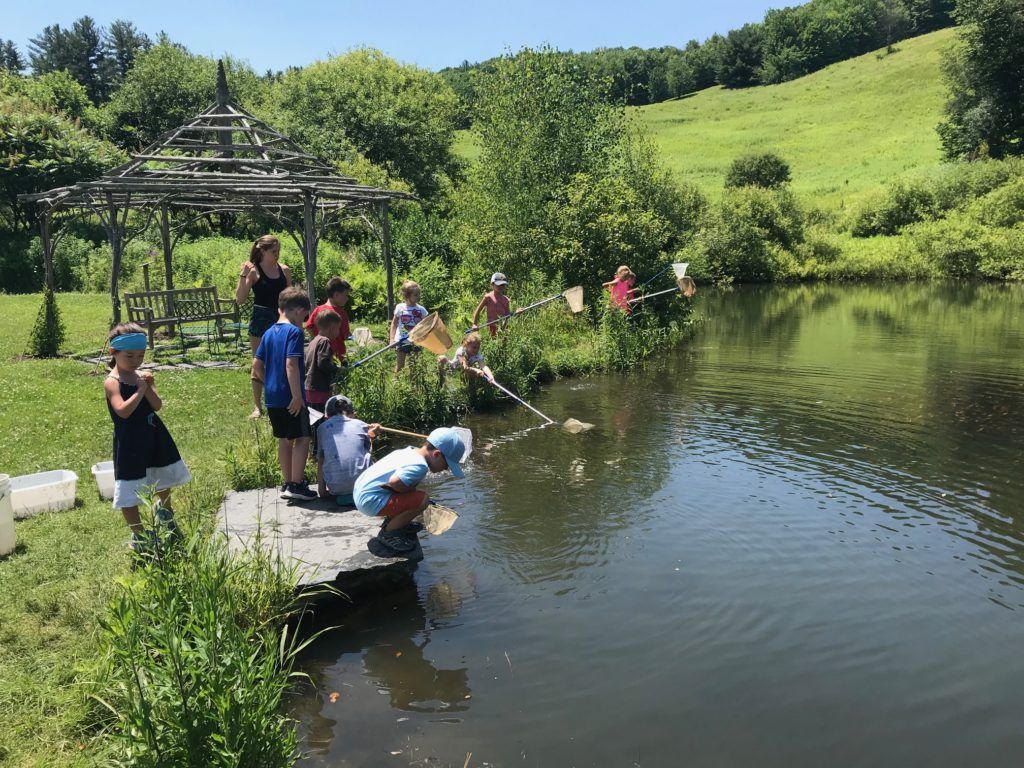
Photo courtesy of Williamstown Rural Lands
Williamstown Rural Lands’ (WRL) project is designed to tell an inclusive and inspiring story of one land trust’s conservation impact in the A.T. Landscape that will affect shifts in beliefs, attitudes, and behaviors towards conservation among the diverse members of our communities. The first step in this process is taking stock of the impact that WRL has had to date through data collection, analysis, and reporting. The second step is to begin systematic data analysis that will help track the progress on conservation impact goals that are linked to our strategic objectives. Finally, WRL will extend its reach to underserved segments of its communities to help foster an appreciation for and support the engagement of nature conservation.
“The WEAF award provides the resources to gather and analyze data on program attendance and trail use, and — so importantly — on how people value access to nature and what barriers they encounter,” said Dana Williams, WLT’s Program Director. “Ultimately, we aim to welcome communities in the A.T. landscape that might not yet feel like they belong in the outdoors.”
Learn more about Williamstown Rural Lands at www.rurallands.org.
2021-2022 WEAF Recipients
Land Protection Projects:
 Organization: Warren Land Trust
Organization: Warren Land Trust
Project: Tanner Farm Preservation Project
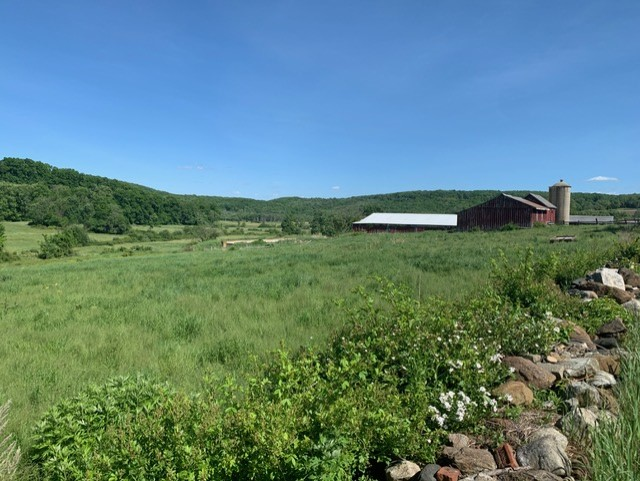
Tanner Farm Barn. Photo by Elizabeth Chandler
Warren Land Trust (WLT) received funding to preserve Tanner Farm, a property with significant conservation, agricultural, and recreational value for the A.T. Landscape. With the WEAF award, WLT will leverage additional funding to permanently protect the 203-acre property in Warren, Connecticut. “Warren Land Trust’s acquisition of the Tanner Farm, with the support of the Appalachian Trail Conservancy’s Wild East Action Fund, is an outstanding opportunity to realize high priority conservation objectives by protecting environmentally significant open space, prime farmland, and highly scenic vistas in the town of Warren and the A.T. Landscape in northwest Connecticut,” said Rebecca Neary, President of the Warren Land Trust.
 Organization: The Trust For Public Land
Organization: The Trust For Public Land
Project 1: Roaring Branch: Protecting the Appalachian Trail Corridor
Project 2: Protecting Quill Hill to Perham Stream in Maine’s High Peaks
The Trust for Public Land (TPL) received two separate grants to assist with vital protection efforts in Vermont and Maine.
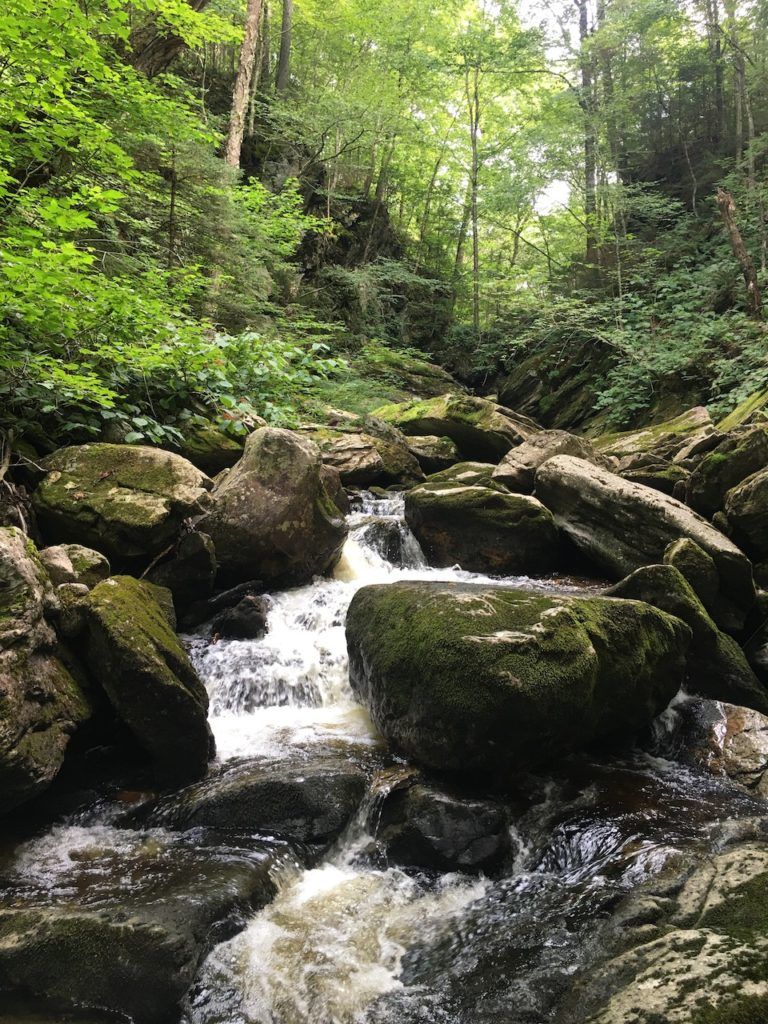
Roaring Branch Cascades. Photo by The Trust for Public Land
The WEAF grant for the Roaring Branch project provides crucial early support in the permanent protection of the A.T. Corridor. “The need to protect the Green Mountains has never been greater, so the addition of Roaring Branch to Green Mountain National Forest will secure strategic forestland in one of the National Forests most threatened by development,” said Kate Wanner, Senior Project Manager for The Trust for Public Land. “TPL has been partnering with GMNF for three decades and thanks to this new funding, thousands of skiers, hikers, and hunters will have over 2,000 additional acres of public land to enjoy, preserving the treasured landscape surrounding the Appalachian Trail and Long Trail.”
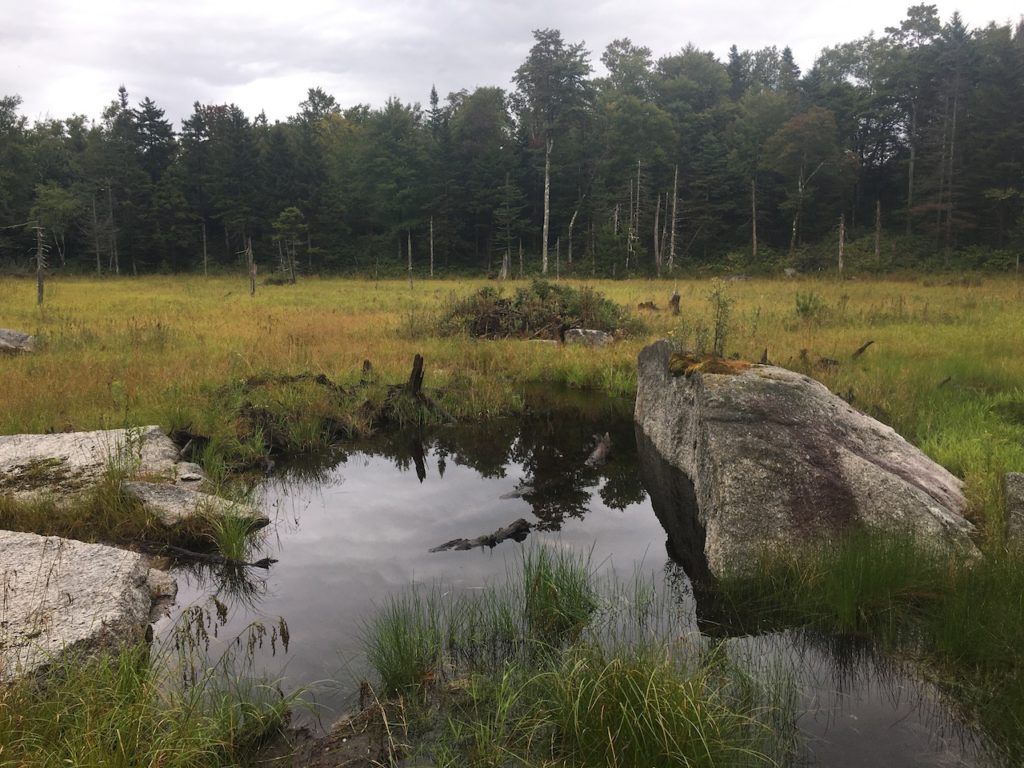
Roaring Branch Cascades. Photo by The Trust for Public Land
The grant awarded to the Protecting Quill Hill to Perham Stream project provides essential support as the project enters its final stages toward completion – providing immense benefits for local communities, both human and wild. “A community’s quality of life greatly depends on having access to public lands, and this funding will help provide residents and visitors access to over 13,000 acres of some of Maine’s most popular outdoor recreation areas,” said Betsy Cook, Maine State Director for The Trust for Public Land. “With less than 15 percent of the High Peaks region accessible to the public and the unique carbon capture abilities this undeveloped land possesses, protection of this landscape is vital to mitigating climate change and ensuring outdoor access for all. We’re thrilled to have the support of the Appalachian Trail Conservancy to make that happen.”
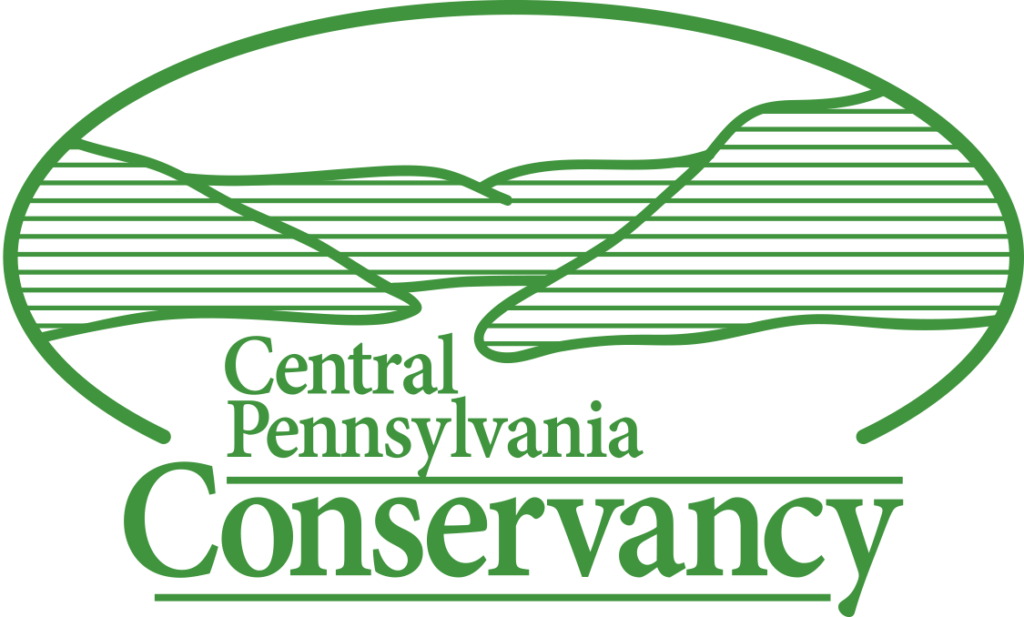 Organization: Central Pennsylvania Conservancy
Organization: Central Pennsylvania Conservancy
Project: Camp Tuckahoe Protection Project
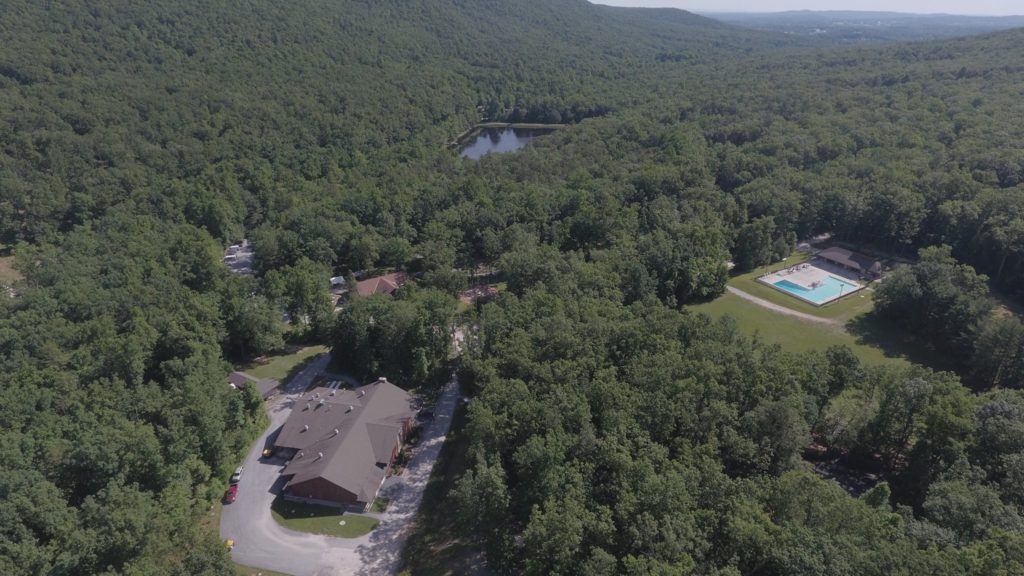
Camp Tuckahoe. Photo by Central Pennsylvania Conservancy
This is the second year that Central Pennsylvania Conservancy (CPC) received funding through the WEAF. Last year, CPC successfully leveraged their Capacity Building Grant to effectively identify potential interest in their region for a conservation easement. This year they sought and received funding through the WEAF to help them permanently protect forestland adjacent to the Appalachian Trail. “With the recent grant awarded by the ATC’s Wild East Action Fund, Central PA Conservancy will have critical funds to advance the permanent protection of approximately 1000 acres at the northern terminus of South Mountain, a broad forest block known as Camp Tuckahoe, owned by the Boys Scouts of America local council as a popular outdoor summer camp,” said Anne Yelk, Executive Director of the Central Pennsylvania Conservancy. “It adjoins the A.T. corridor for almost 2 miles, and as protected forest cover, it strengthens the landscape’s climate resiliency.”
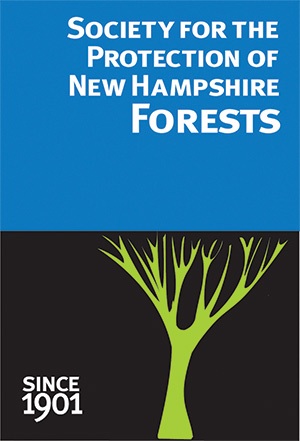 Organization: Society for the Protection of New Hampshire Forests
Organization: Society for the Protection of New Hampshire Forests
Project: Shelburne Valley Forest
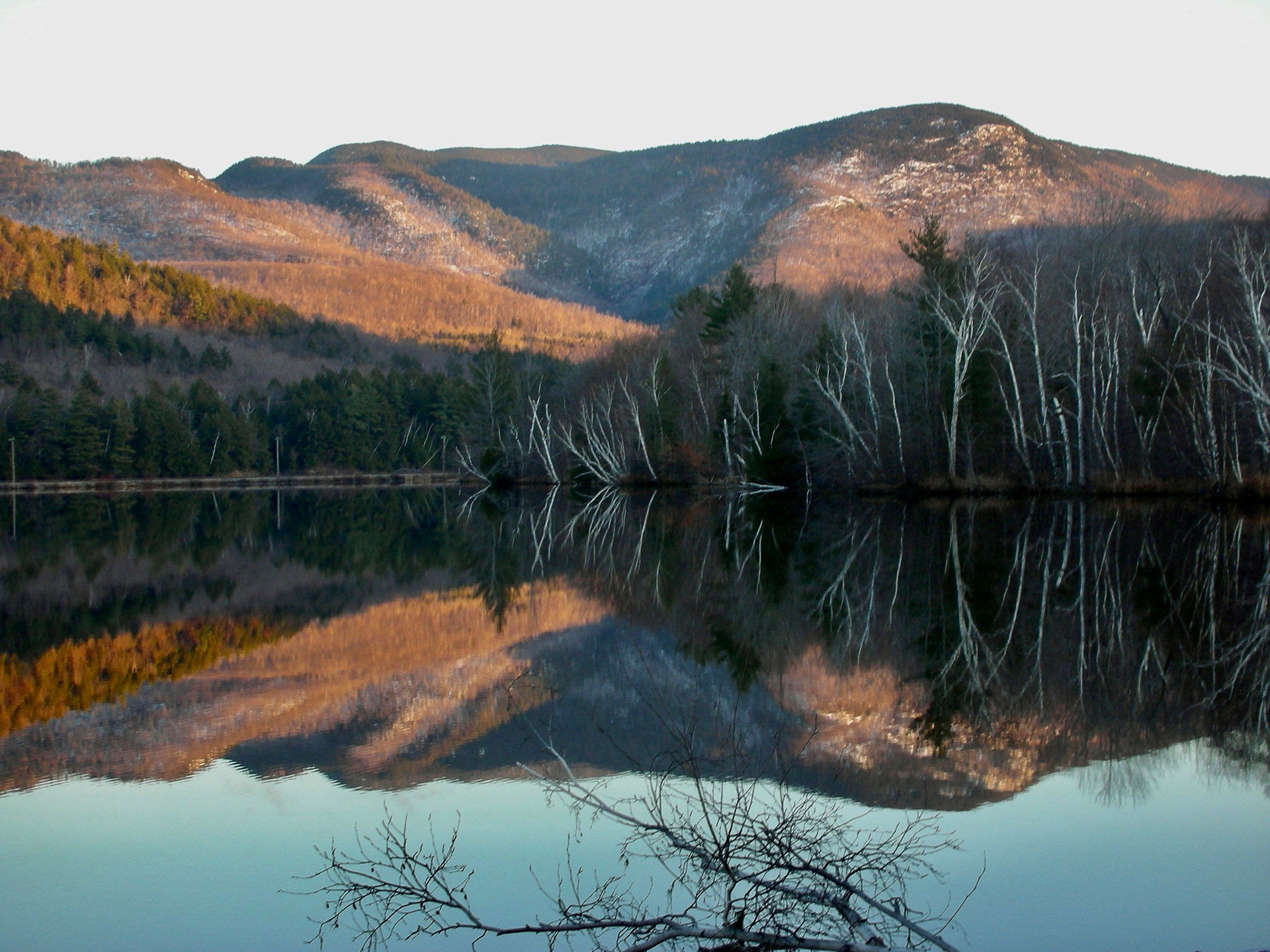
Shelburne Valley Forest. Photo by Kathrine Stuart
The WEAF grant awarded for the Shelburne Valley Forest project is an important first step towards protecting over 2,700 acres of valuable forestlands adjacent to the A.T. through northeastern New Hampshire. “The Shelburne Valley Forest will protect a 2.6-mile buffer along the A.T. and is a significant ecological, economic, and recreational resource for the region,” said Brian Hotz, Vice President of Land Conservation at the Society for the Protection of New Hampshire Forests. “Receiving the grant from the Wild East Action Fund (WEAF) has already helped us to secure additional state grant funding towards this exciting project.”
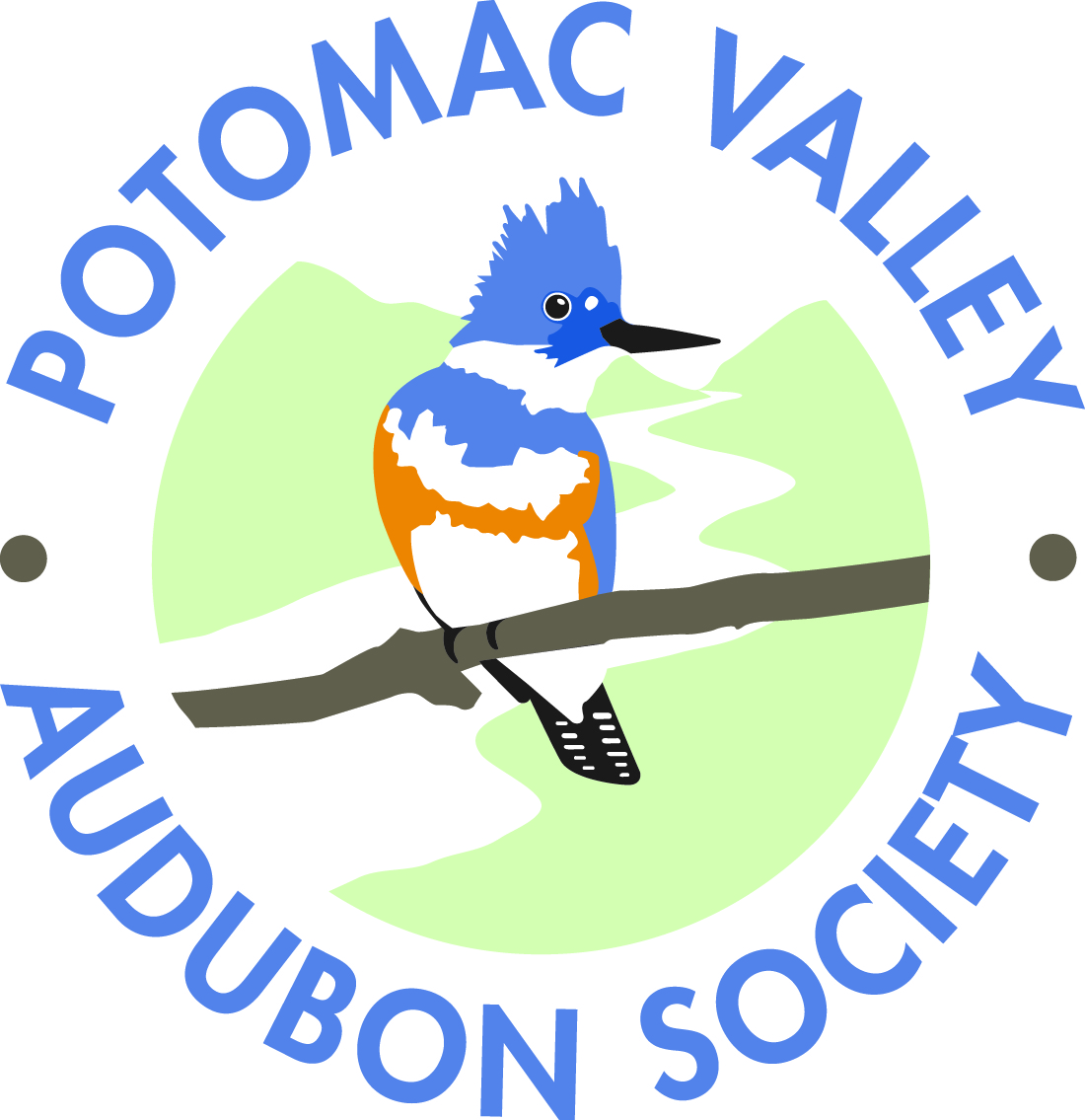 Organization: Potomac Valley Audubon Society (PVAS)
Organization: Potomac Valley Audubon Society (PVAS)
Project: Conservation and Stewardship of Cool Spring Preserve
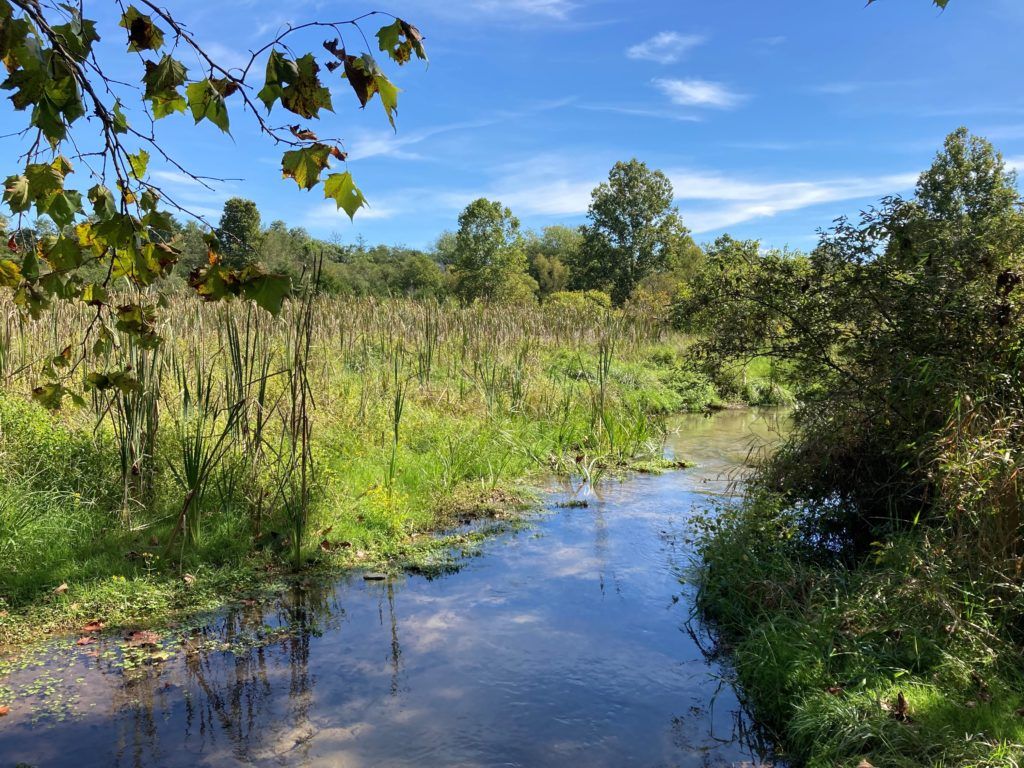
Bullskin Run and Marsh. Photo by the Potomac Valley Audubon Society
The Potomac Valley Audubon Society (PVAS) grant will allow for the permanent protection of 63 acres found near the A.T. in West Virginia. “The 2021 Wild East Action Fund is allowing the Potomac Valley Audubon Society to make the final payment to protect Cool Spring Preserve under a permanent conservation easement with the WV Land Trust,” said Katelyn Walters, Land and Conservation Manager for the Potomac Valley Audubon Society. “Cool Spring Preserve is a globally rare marl wetland just six miles from the A.T. at Harpers Ferry.”
 Organization: NDPonics
Organization: NDPonics
Project: Onkyayun Maduki Mountain Range Project

Onkyayun Maduki Mountain Range. Photo by Lucas “Swampdog” Tryee
NDPonics is a relatively new nonprofit in the Blue Ridge region of Virginia working on a wide range of projects benefiting Indigenous peoples of the area. NDPonics works to build indigenous self-reliance and traditional ecological havens through land conservation, cultural rejuvenation, enabling food production, renewable energy installation, and energy efficiency. The WEAF grant will help protect 116 acres found in Rockbridge County, VA. Lucas “Swampdog” Tryee, Executive Director of NDPonics, said, “The Wild East Action Fund will enable NDPonics 501(c)(3) to purchase a mountain peak that has been used in traditional ceremonies since time immemorial. Through Anthro-forestry, our indigenous scientific practice of increasing carrying capacity and biodiversity serves our livelihood as much as the ecosystem of which we are a part. With great pride we will now be able to reinstate these practices on these lands.”
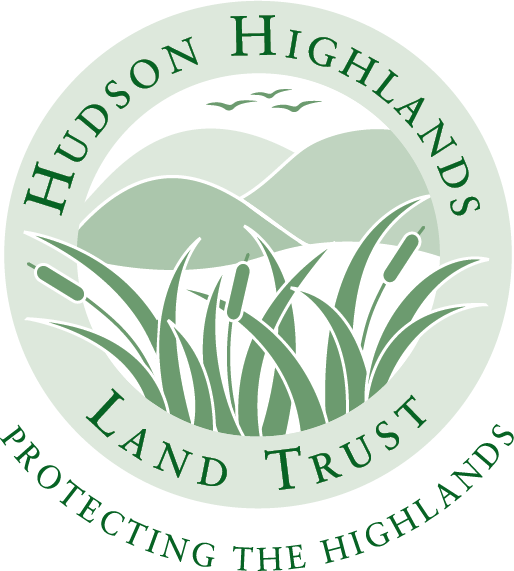 Organization: Hudson Highlands Land Trust
Organization: Hudson Highlands Land Trust
Project: Protecting Resilient Wildlife Habitat in the Heart of New York’s A.T. Landscape
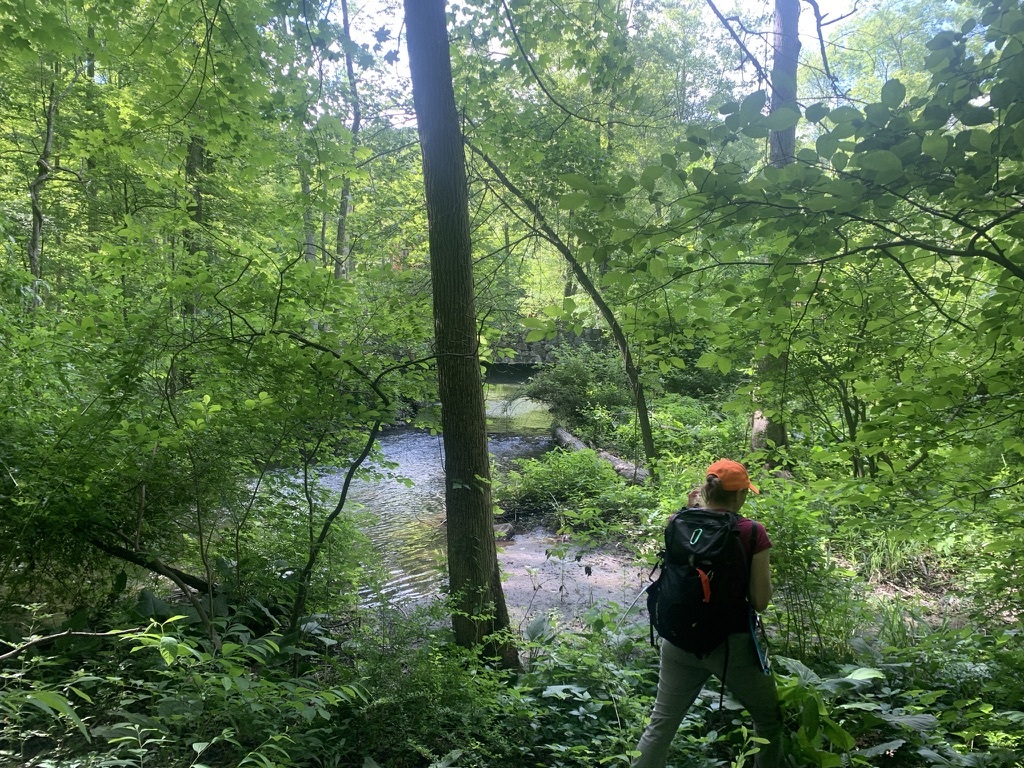
Photo by Hudson Highland Land Trust
Hudson Highlands Land Trust’s 2021 WEAF grant will allow them to acquire and protect an ecologically important property in Putnam Valley, NY. Katrina Shindledecker, Executive Director at Hudson Highlands Land Trust, said, “The Hudson Highlands Land Trust is delighted and grateful to receive ATLP Wild East funds. The funding supports a 240+ acre land protection project in the heart of New York’s A.T. landscape – an area with incredible biodiversity. The project will safeguard resilient wildlife habitats and an important forest core that is part of the larger New York Highlands region. We are proud of this partnership opportunity, its impact on regional climate resilience, and, in turn, the largest climate corridor on the East Coast – the A.T. Landscape.”
 Organization: High Peaks Alliance
Organization: High Peaks Alliance
Project: Conservation of Perham Stream Birding Trail
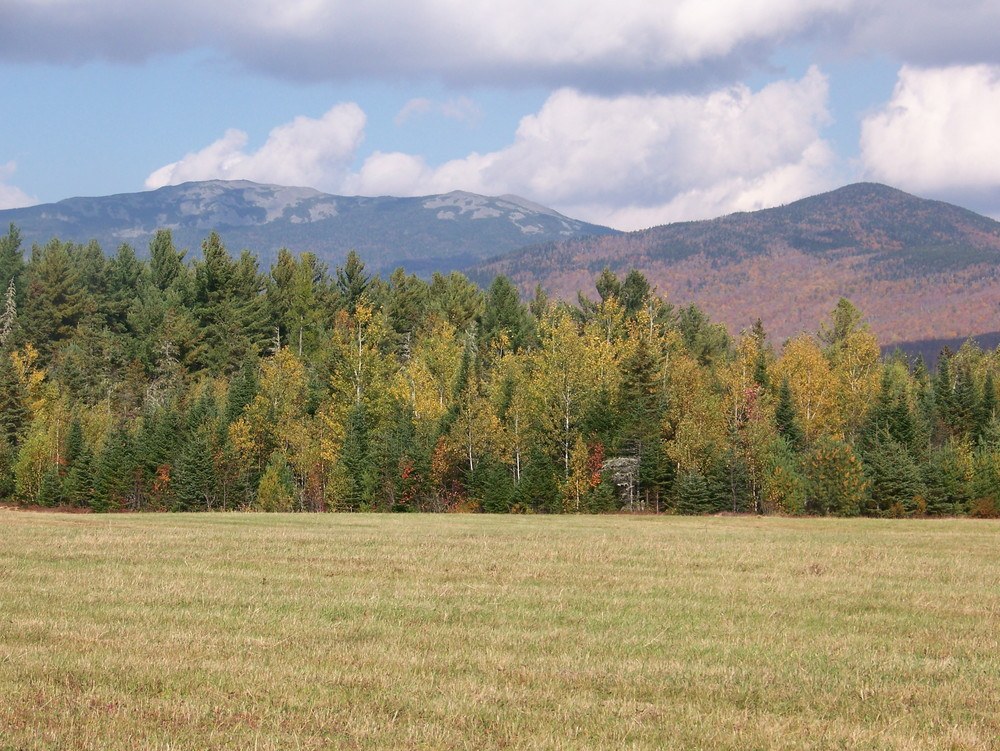
Photo by K. Burbank
The 2021 WEAF grant for the Conservation of Perham Stream Birding Trail will allow for the permanent protection of 80 acres, including a highly cherished community recreation trail within immediate proximity of the A.T. in Madrid Township, Maine. Brent West, Executive Director of the High Peaks Alliance, said, “The Perham Stream Birding Trail is a gateway experience to the A.T. Landscape. This family-friendly walk immerses users in wide open views of Maine’s High Peaks. The Wild East Action Fund’s grant to support the High Peaks Alliance’s effort to conserve and manage this property is an example that Benton MacKaye’s original vision for ‘a realm and not merely a trail’ is still alive and well.”
 Organization: Greenagers
Organization: Greenagers
Project: Bow Wow Woods
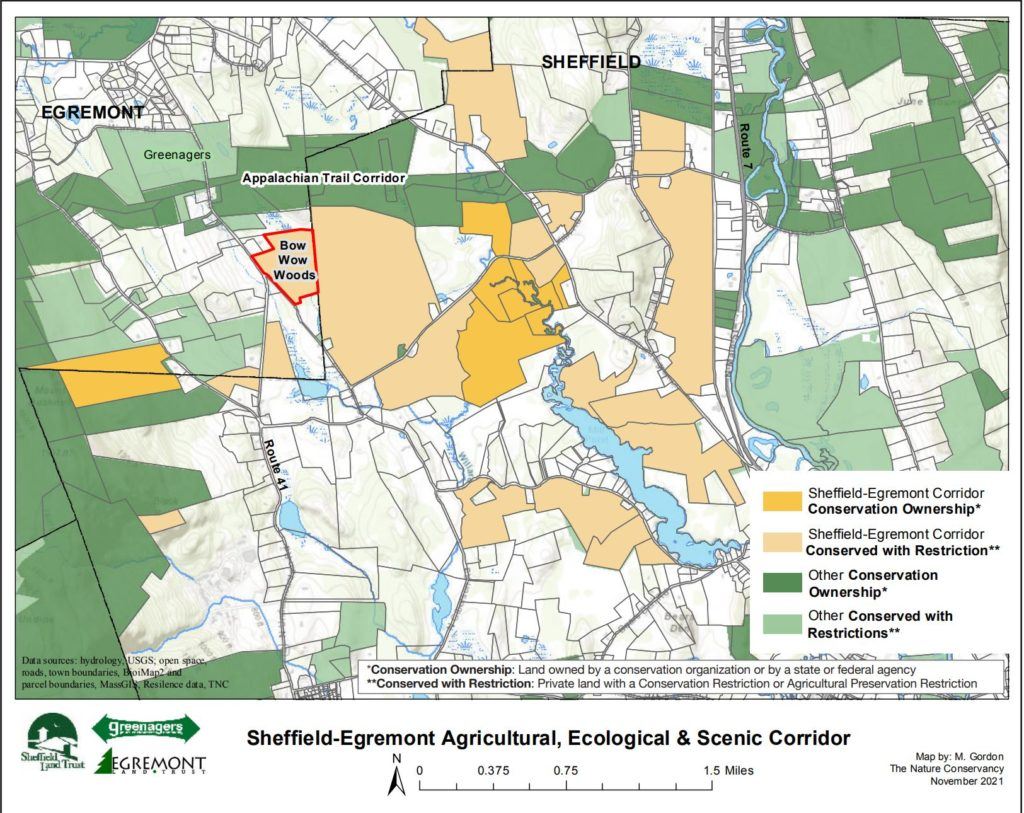 The 2021 WEAF grant for Bow Wow Woods project will help protect 54 acres in western Massachusetts, by leveraging the unique skills provided by an innovative partnership between three organizations: Greenagers, Egremont Land Trust, and Sheffield Land Trust. “Greenagers is thrilled to be a part of this conservation collaborative and grateful to the ATC for their generous award,” said Will Conklin, Executive Director of Greenagers. “Through stewardship practices and environmental education, we look forward to instilling in local youth a curiosity about our natural world and a land ethic inspired by Aldo Leopold’s Sand County Almanac.”
The 2021 WEAF grant for Bow Wow Woods project will help protect 54 acres in western Massachusetts, by leveraging the unique skills provided by an innovative partnership between three organizations: Greenagers, Egremont Land Trust, and Sheffield Land Trust. “Greenagers is thrilled to be a part of this conservation collaborative and grateful to the ATC for their generous award,” said Will Conklin, Executive Director of Greenagers. “Through stewardship practices and environmental education, we look forward to instilling in local youth a curiosity about our natural world and a land ethic inspired by Aldo Leopold’s Sand County Almanac.”
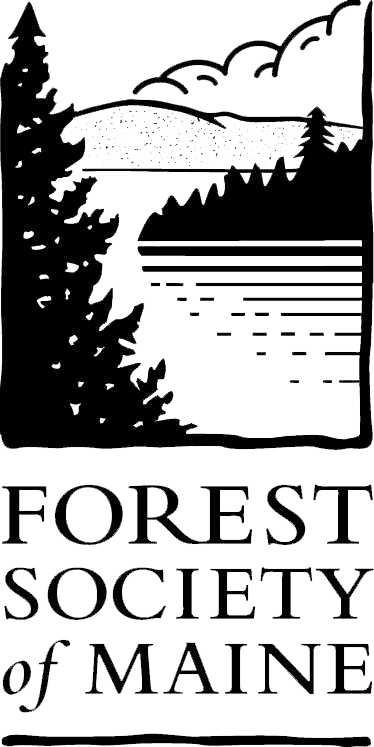 Organization: Forest Society of Maine
Organization: Forest Society of Maine
Project: Grafton Forest Conservation Project
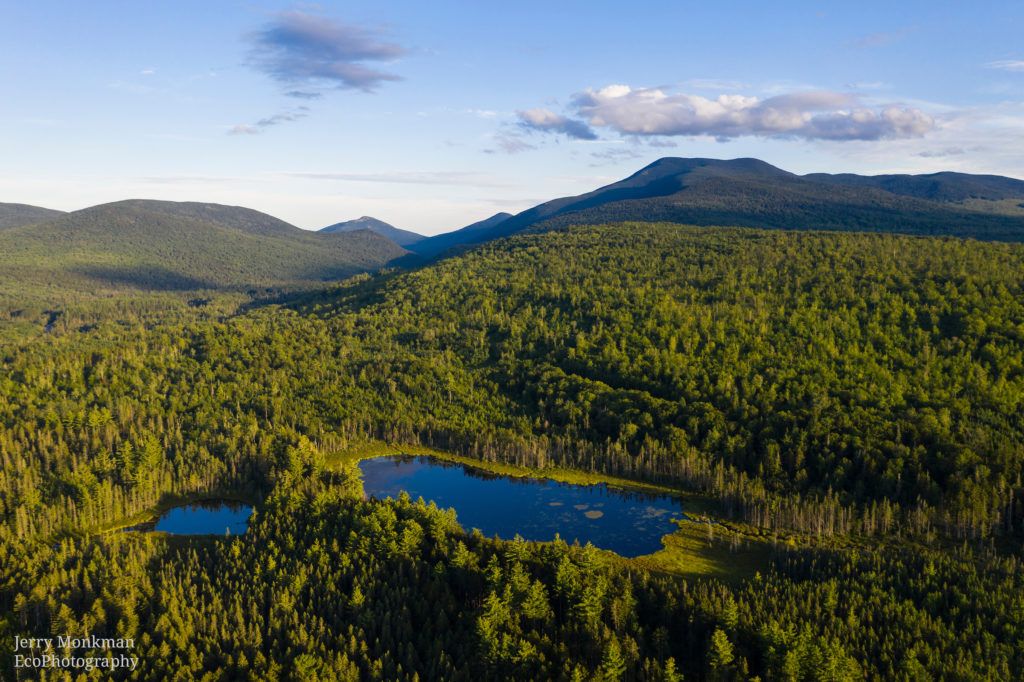
An aerial view of York Pond looking towards Grafton Notch in Grafton Township, Maine. Photo by Jerry Monkman
The Forest Society of Maine received 2021 WEAF grant providing continued support for the Grafton Forest Conservation Project. This crucial land protection effort is entering its final stages of completion. “The Wild East Action Grant to the Forest Society of Maine gave a final boost to the 21,000-acre Grafton Forest Project that borders the Appalachian Trail in Maine,” said Karin Tilberg, Executive Director of the Forest Society of Maine. “Wild East’s confidence in Grafton Forest, and its awareness of its significance as a critical buffer to the A.T. and two side-trails, has helped ensure the successful conservation outcome anticipated to be spring of 2022.”
Capacity Building Projects
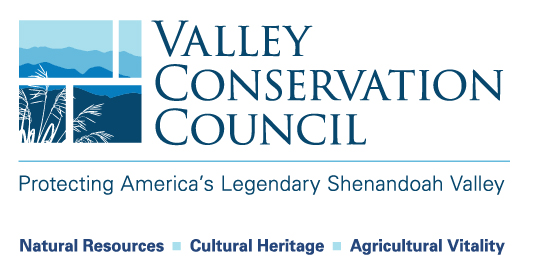 Organization: Valley Conservation Council
Organization: Valley Conservation Council
Project: Conservation Prioritization in the Shenandoah Valley
Valley Conservation Council (VCC) received a 2021 WEAF Capacity Building Grant to pursue the development of a GIS prioritization tool that will accelerate VCC strategic goals in the Shenandoah Valley of Virginia. “Valley Conservation Council is thrilled to have been selected as a 2021 Wild East Action Fund recipient,” said Taylor Evans, Director of Land Protection at the Valley Conservation Council. “The award we received will help VCC develop a conservation GIS prioritization tool along the Appalachian Trail corridor that runs through our 11-county service region in the Shenandoah Valley. This tool will guide outreach efforts to landowners to permanently protect key parcels from development, ensuring that habitat, water quality, and the vistas of the Valley remain intact and protected far into the future.”
![]() Organization: Ridge and Valley Conservancy
Organization: Ridge and Valley Conservancy
Project: Appalachian Trail Viewshed Initiative
Ridge and Valley Conservancy (RVC) was awarded a 2021 WEAF grant to initiate essential strategic conservation planning efforts in northwestern New Jersey. Susi Tilley, Executive Director of Ridge and Valley Conservancy, said, “We are excited to begin the Strategic Conservation Planning process for Ridge and Valley Conservancy. We are grateful to the ATC’s Wild East Action Fund and the Nature Conservancy of New Jersey for helping us to launch our Appalachian Trail Viewshed Initiative. This Initiative will span the entire Valley and Ridge Physiographic Region of New Jersey. We will engage stakeholders and our neighbors in Sussex and Warren counties to drive essential preservation activities in this ecologically unique area of New Jersey. The Appalachian Trail and surrounding natural areas mean so much to people here and we are thrilled to be in a position to protect it. This grant allows us to bring stakeholders from both counties together to discuss conservation strategies for the region as a whole. This planning work will be a catalyst for conservation achievements that will enhance regional quality of life for generations.”
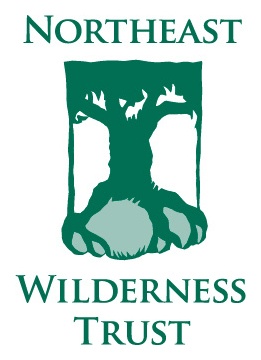 Organization: Northeast Wilderness Trust
Organization: Northeast Wilderness Trust
Project: Building a Framework for Strategic Wilderness Conservation along the A.T.
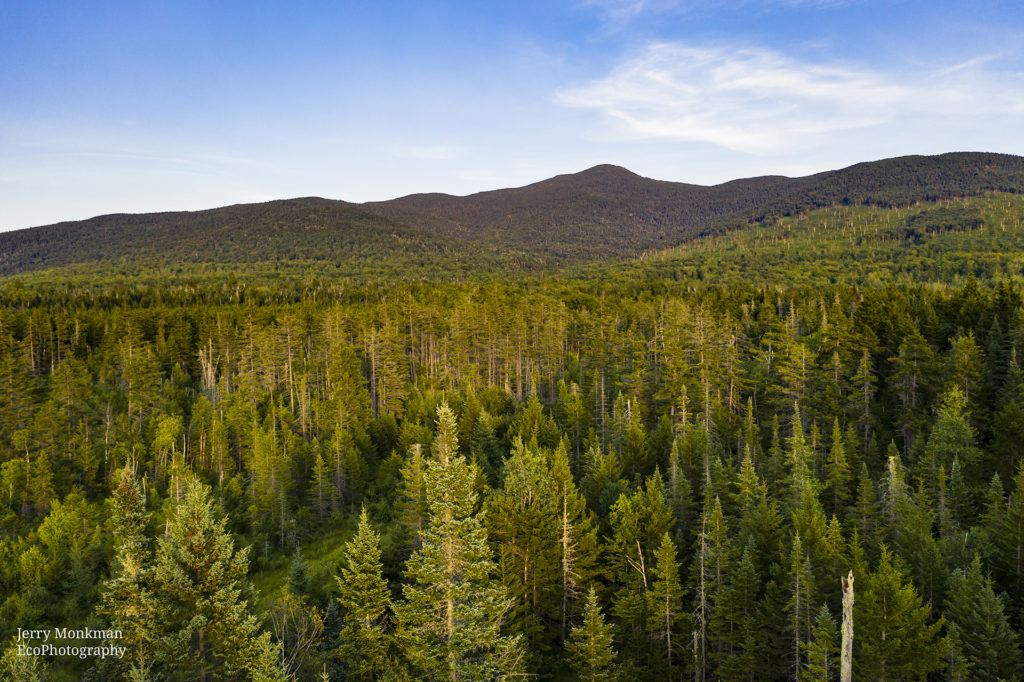
An aerial view of the northwest side of Old Speck Mountain in the Mahoosuc Range, Maine. Photo by Jerry Monkman
Northeast Wilderness Trust received a 2021 WEAF grant to support their good work of catalyzing forever-wild conservation throughout the Northeast. “The Wild East Action Fund’s support will allow Northeast Wilderness Trust to strategically prioritize wildlands conservation projects within the A.T. corridor while building critical partnerships,” said Jon Leibowitz, Executive Director of the Northeast Wilderness Trust. “We are grateful for the opportunity to conduct high-level conservation planning that will result in a beautiful, thriving, and connected eastern wildway corridor.”
 Organization: Mainspring Conservation Trust
Organization: Mainspring Conservation Trust
Project: A.T. Landscape Conservation Acceleration
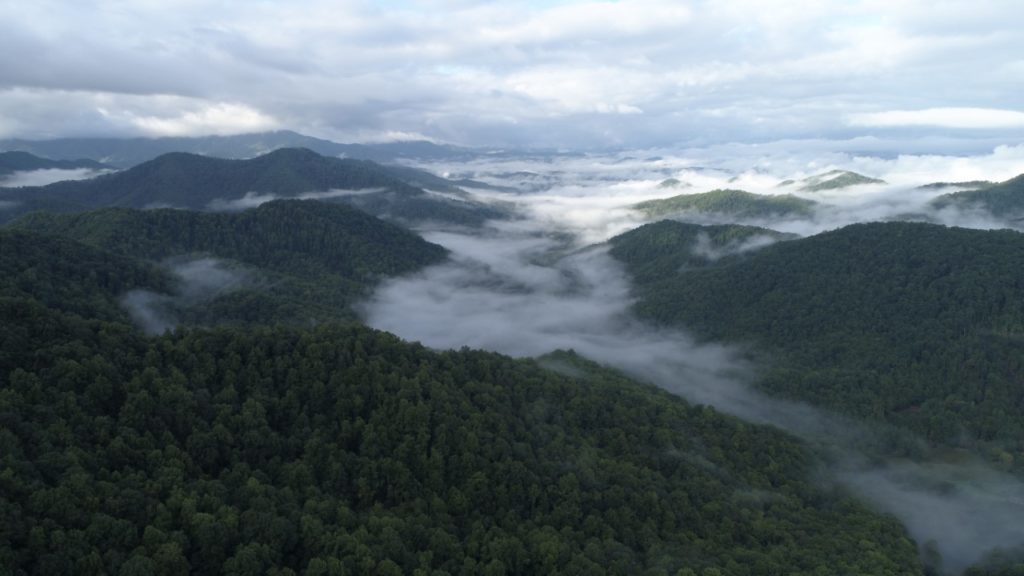
Photo by Eric Haggart
Mainspring Conservation Trust (MCT) received funding to increase their capacity to work with partners to implement and expand on Mainspring’s Conservation Planning Tool to protect the A.T. Landscape in western North Carolina. “Mainspring Conservation Trust is so grateful for the increased capacity that the Appalachian Trail Conservancy is providing in 2022 to help conserve climate resilient lands in the Appalachian Trail viewshed,” said Emmie Cornell, Land Conservation Manager at Mainspring Conservation Trust. “We are excited to build and expand relationships with our local, state, and federal partners to protect and promote the Southern Blue Ridge Mountains and connect people to the abundant natural and community resources along the Trail.”
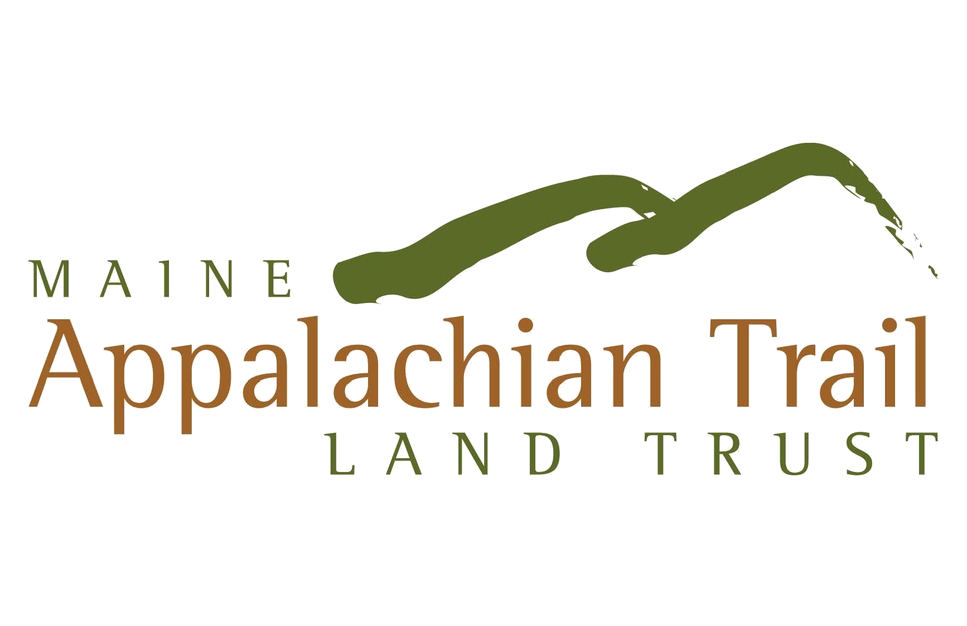 Organization: Maine Appalachian Trail Land Trust
Organization: Maine Appalachian Trail Land Trust
Project: MATGIC: Maine Appalachian Trail Geospatial Information for Conservation
Maine Appalachian Trail Land Trust (MATLT) received funding to continue its work on the Maine Appalachian Trail Geospatial Information for Conservation (MATGIC) program strengthening their catalyst role as priorities mapper, project manager, steward, and outreach leader for diversity efforts. “The Maine Appalachian Trail Land Trust would like to thank the Appalachian Trail Conservancy for this capacity building grant through the Wild East Action Fund,” said Maine Appalachian Trail Land Trust Board President David Kallin. “Conservation of the A.T. landscape in Maine has entered an urgent phase, and the pace and scale of the efforts have accelerated. This grant will allow MATLT to similarly accelerate work on programs which will result in thousands of acres of conservation along the A.T. corridor. This landscape is a natural climate mitigation area and protection of this region will lower Maine’s carbon footprint and provide a refugia for plant and animal species as the climate warms.”
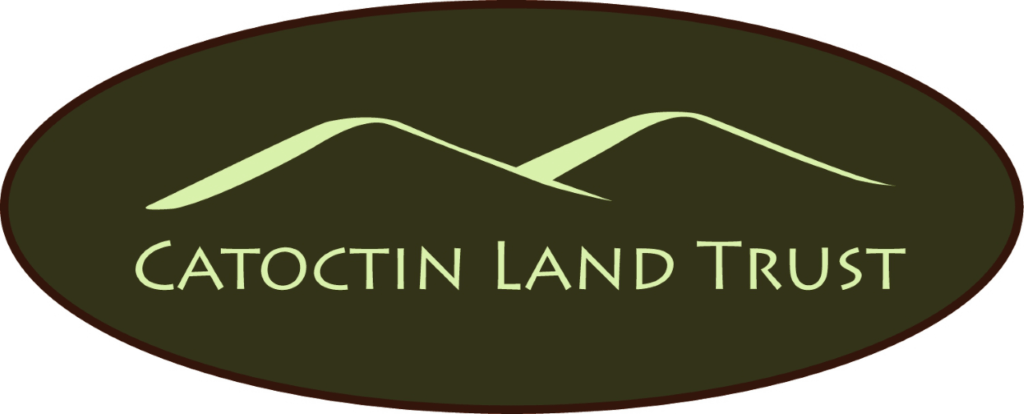 Organization: Catoctin Land Trust for The Heart of Maryland Conservation Alliance
Organization: Catoctin Land Trust for The Heart of Maryland Conservation Alliance
Project: The A.T. Welcome Table Grows: Working with non-traditional partners and communities
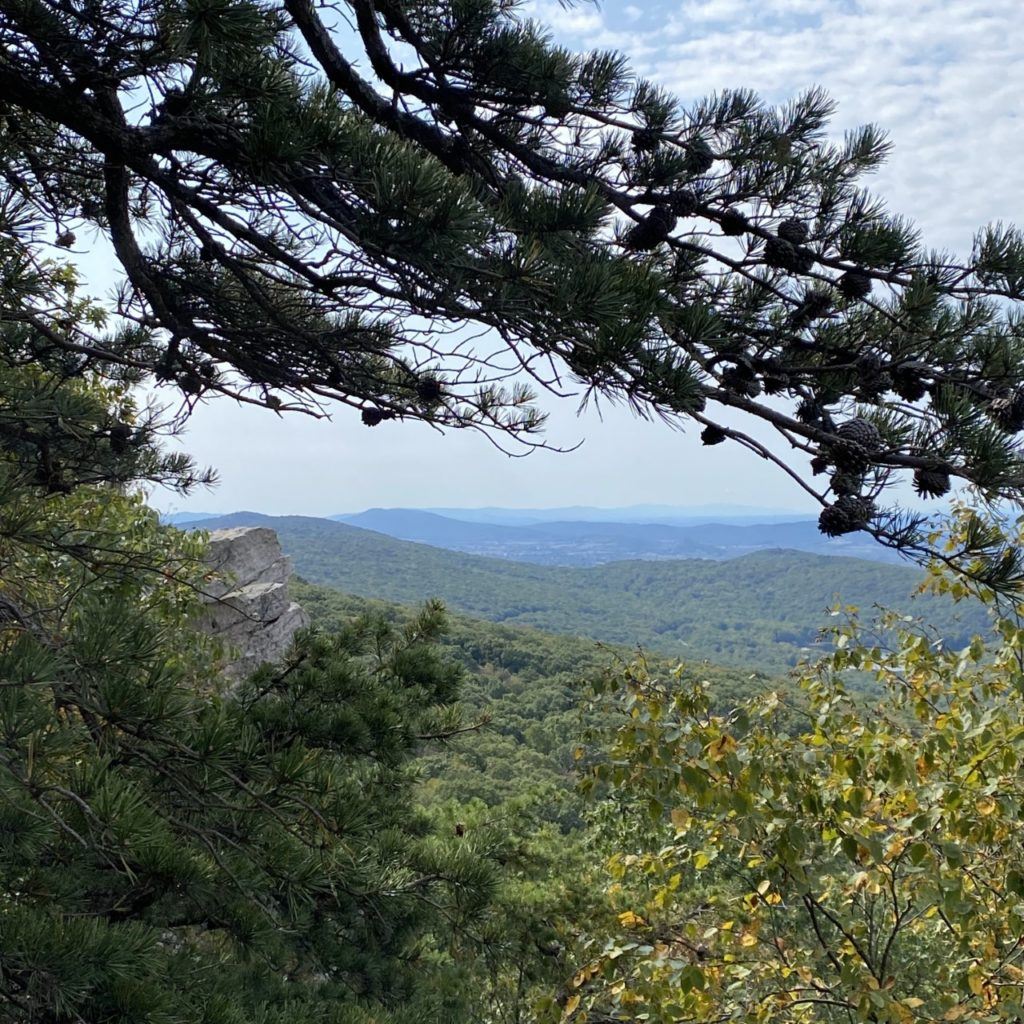
White Rock. Photo by Catoctin Land Trust
The South Mountain Campaign is a multi-year drive to protect Maryland’s A.T. Landscape. The Heart of Maryland Conservation Alliance (HMCA) received funding to support The Welcome Table Grows initiative that endeavors to engage non-traditional partners and BIPOC communities. “Our Wild East Action Fund grant will help us connect with new people outside the traditional hiking world and, we hope, welcome new leadership that is more diverse and representative of our community,” said David Lillard, Executive Director of Catoctin Land Trust. “Preserving the A.T. landscape beyond the boundary begins with a recognition that the Trail landscape in Maryland is as much a mosaic of people as it is a patchwork of scenic beauty and natural wonder. We can protect the Trail landscape only when we understand what it means to people; and we have a lot more people to hear from.”
 Organization: Appalachian Mountain Club
Organization: Appalachian Mountain Club
Project: Crowdsourcing Flower Phenology Along the A.T. Mega Transect
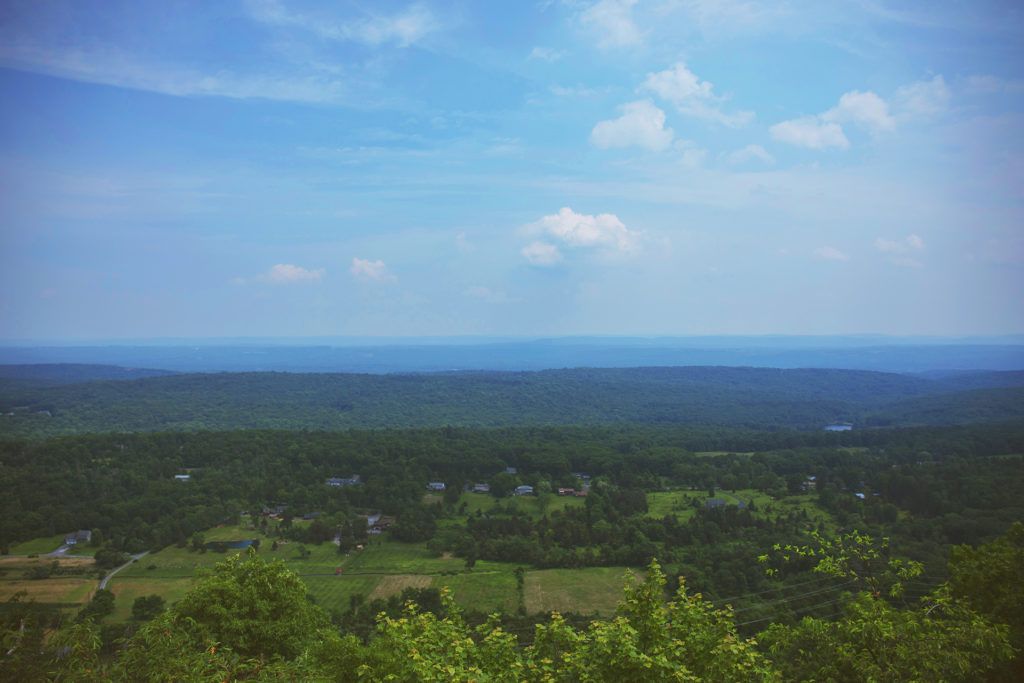
A.T. near Mohican Outdoor Center. Photo by Paula Champagne, courtesy of Appalachian Mountain Club.
Appalachian Mountain Club (AMC) received funding to support and engage volunteers with data collection on the A.T. to advance the understanding of ecosystems’ responses to climate change and bring awareness about climate change. “The generous grant from the ATC is enabling us to expand our recently launched community science project, Crowdsourcing Flower Phenology, along the Appalachian Trail Mega Transect that leverages thousands of hikers as community scientists to photograph plants along the Appalachian Trail corridor and submit their observations to our project on the iNaturalist platform,” said Susan Arnold, Interim President & CEO of the Appalachian Mountain Club. “This grant will substantially advance our recruitment of community scientists in the Mid-Atlantic region, where we aim to involve at least 500 new volunteer contributors and generate thousands of additional observations.”
Discover More
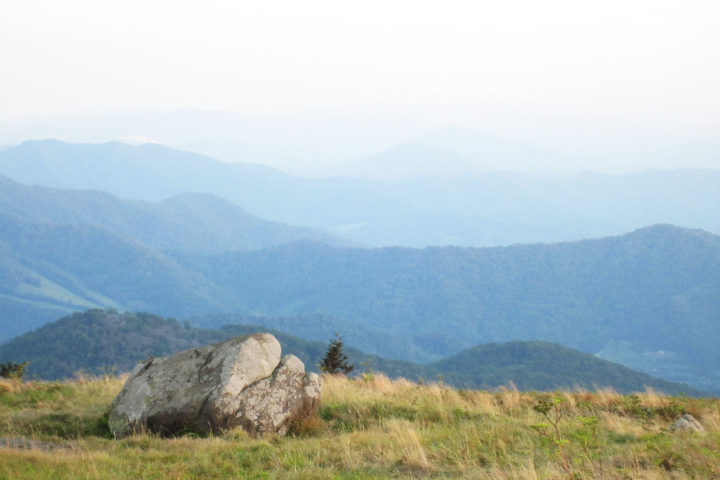
The A.T. Landscape Partnership
A Dynamic Approach to Landscape Conservation
The Appalachian Trail Landscape Partnership is a dedicated coalition of local, state and federal partners led by the Appalachian Trail Conservancy and the National Park Service.
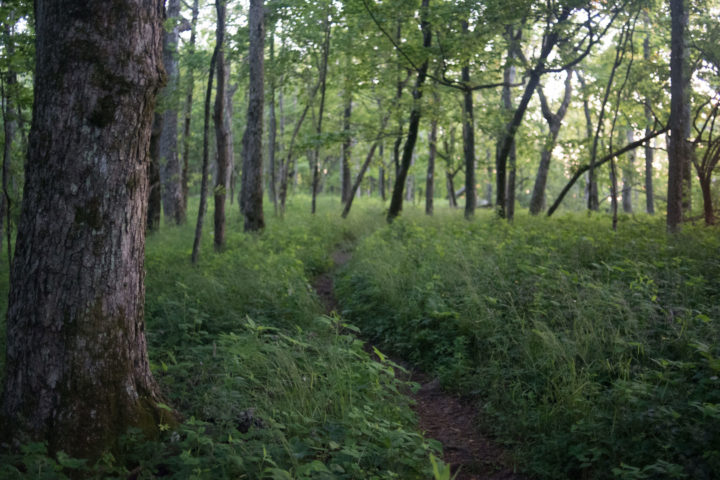
Official Blog
Climate Resiliency and the A.T.
Protecting and expanding climate-resilient forests along the Appalachian Trail is vital to ensuring their long-term survival.
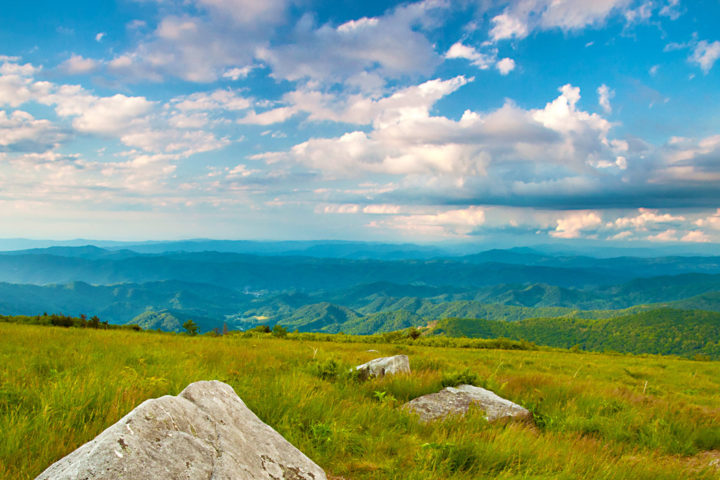
A Strong Future
Conservation
As stewards of the Appalachian Trail, our goal is to ensure it will be enjoyed for centuries to come.

